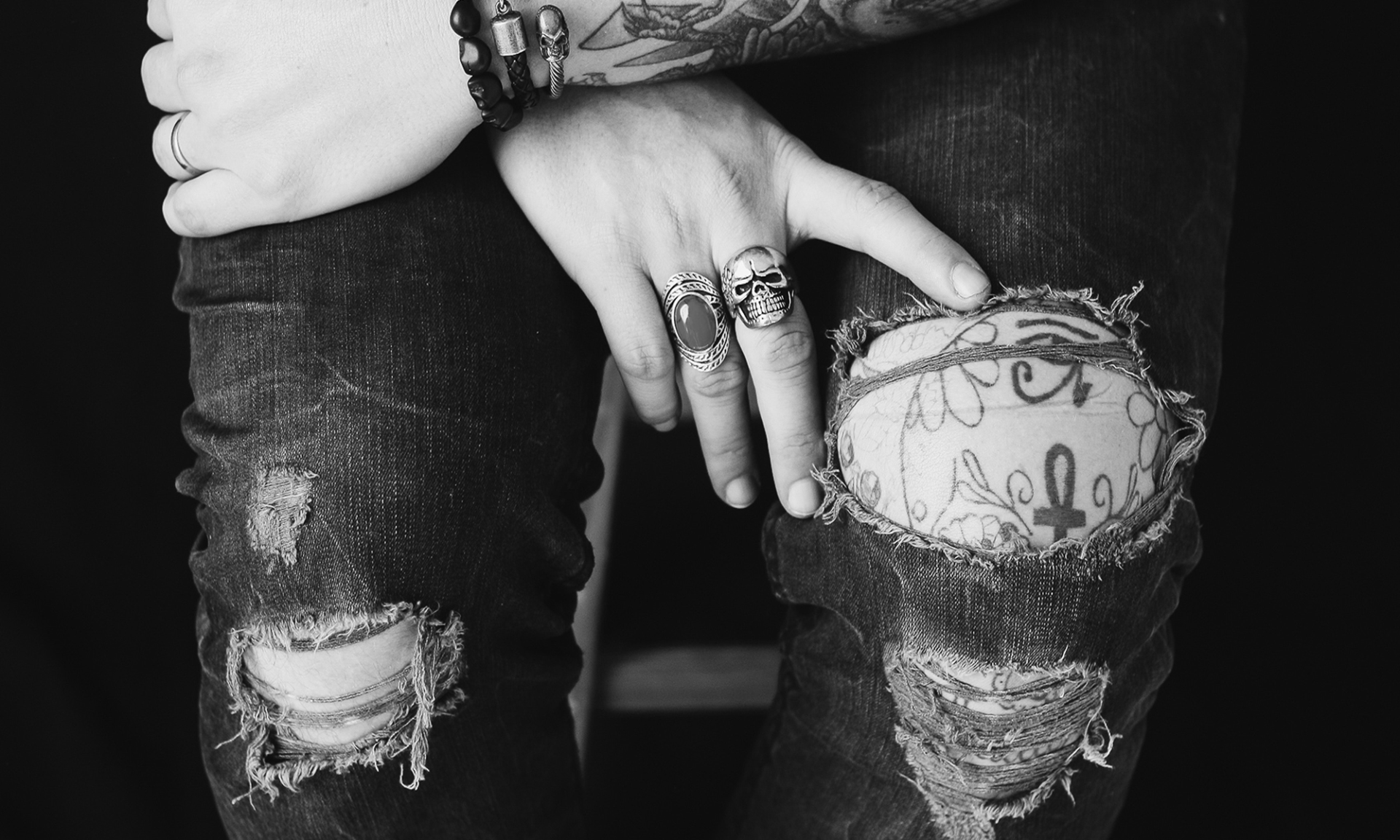How does PicoSure remove tattoos?
Traditional lasers used for tattoo removal rely predominately on photothermal (heat) action delivered to the pigment of the tattoo and the surrounding tissue. The ultra-short pulse of energy of PicoSure goes beyond the photothermal action of a traditional laser by creating an intense photomechanical effect that shatters the target ink into tiny particles that are easily eliminated by the body, while leaving the surrounding tissue unheated. Traditional lasers often require over 10 (sometimes up to 20) treatments spaced 6 to 8 weeks apart. PicoSure treatments can be performed more frequently, and tattoos are often cleared in 3-5 treatments, so your unwanted tattoo will be gone in a fraction of the time. Even dark, stubborn blue and green inks, as well as previously treated recalcitrant tattoos can be removed.
How many treatments does it take to remove a tattoo?
Every tattoo responds differently due to a number of variables. There are variations in ink colours and their chemical compositions, depth and density of ink placement, skin type and individual immune system factors. Predicting how many treatments any particular tattoo will require is an educated guess.
During your consultation, we will make an estimate of the number of tattoo removal sessions needed to remove your tattoo. PicoSure laser treatment generally will work 3 times faster than any other laser treatment. In some cases, a black ink tattoo can be removed in 3-4 sessions. Please see our ‘before and after’ pictures to see real examples of PicoSure clients.
How frequently can I return for more treatments?
Tattoo fading can be a slow process and is dependant on your body’s immune systems participation to work. Ideally we recommend that you wait 8 weeks to get the greatest value from each laser treatment.
Contraindications for PicoSure
At this time, PicoSure can only be used on Skin Types I-IV, not V (Black/ Afro Caribbean). PicoSure is not able to treat cosmetic tattoos (eyeliner and eyebrows).
Will the laser tattoo removal hurt?
The discomfort of laser tattoo removal is often described as a “rubber band snapping the skin” but varies from client to client. We do our utmost to minimise any pain or discomfort by cooling the skin with a cryo device. We can also recommend numbing gels if required.
What are the side effects?
The type of laser used for tattoo removal does not typically leave scars, although there is a small chance of this happening. You should inform our therapist if you have a tendency to form abnormal scars or keloids.
Pigmentation is the colour of a person’s skin. Hyperpigmentation is possible, meaning a temporary darkening of the skin from inflammation. Hypopigmentation can also occur occasionally in response to a loss of melanin in the skin and is more common in darker skin types when treated with PicoSure.
What is the aftercare like?
During laser treatment, your tattoo may turn white briefly. It then swells somewhat and may turn red, but this usually lasts only a few hours. It may blister. It is important to keep the tattoo covered with ointment and a bandage for the first day. Usually, it feels like a mild sunburn and does not hurt unless rubbed against. The lasered area may itch.
Between your treatments, it is important to keep the tattoo covered from the sun to prevent hyper-pigmentation (darkening). You will receive detailed instructions for your aftercare during your appointment.

